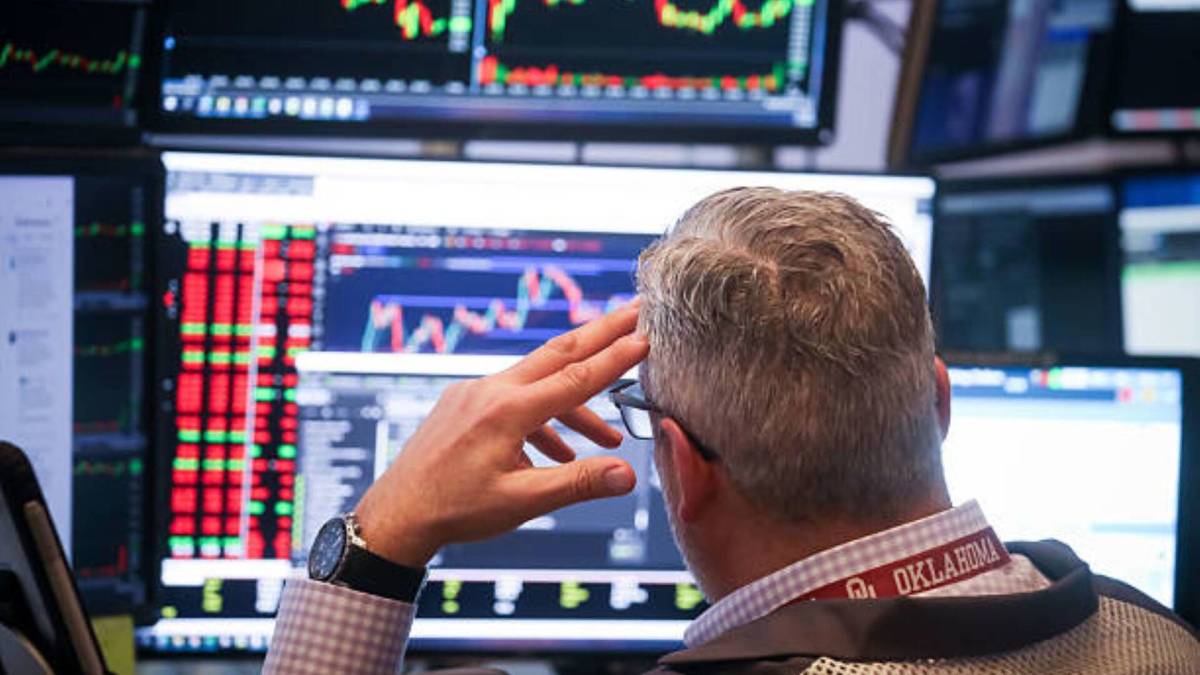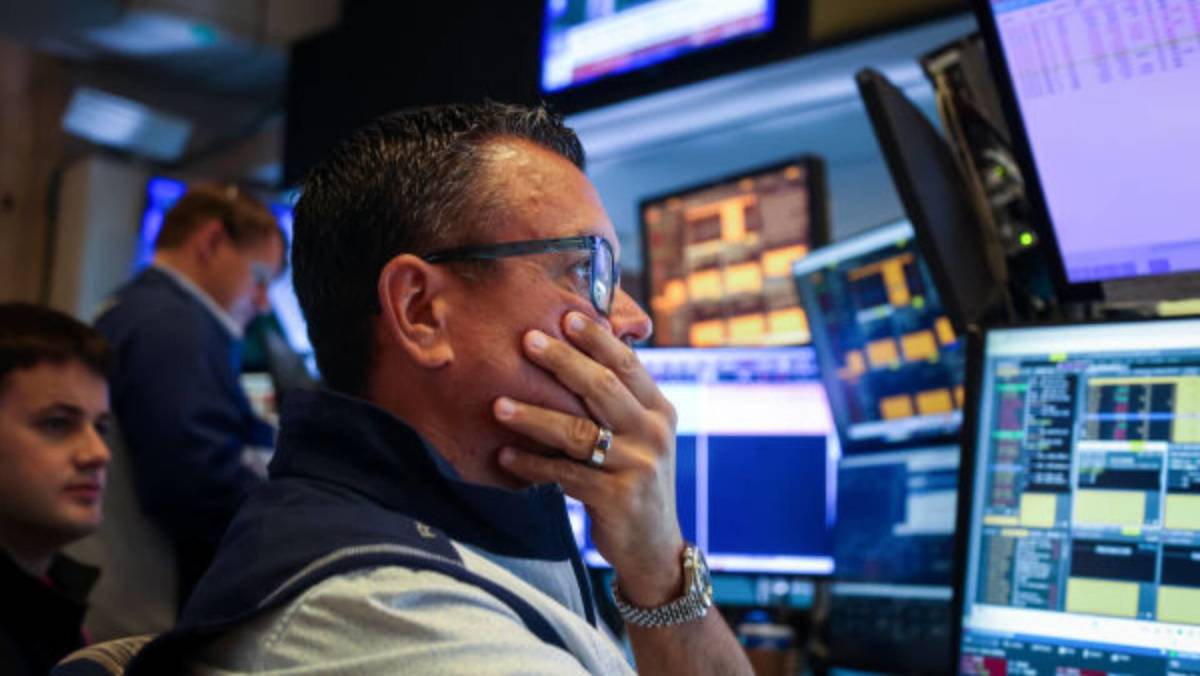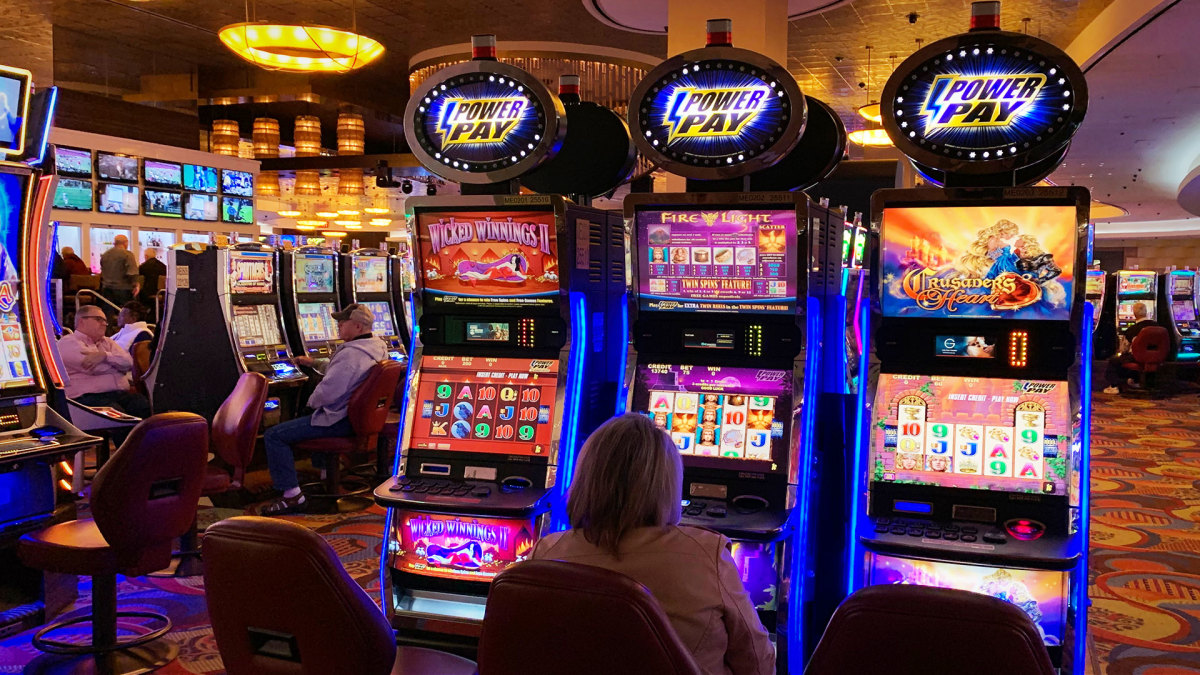Is the Hindenburg Omen truly bad news for stocks
The stock market recently triggered two of the most ominous-sounding technical indicators multiple times. While the “Hindenburg Omen” and “Titanic Syndrome” don’t guarantee a disaster, a veteran observer whose firm’s data helps to backstop those indicators says that the market is in for a long-term ...

The stock market recently triggered two of the most ominous-sounding technical indicators multiple times. While the “Hindenburg Omen” and “Titanic Syndrome” don’t guarantee a disaster, a veteran observer whose firm’s data helps to backstop those indicators says that the market is in for a long-term storm, even if it avoids trouble now.
The stock market has been flirting with record highs since bouncing back from the tariff tantrum it suffered in early April, when President Doland Trump first announced plans to layer extra levies on imports.
As the market adjusted to the news and the intentions of the policies became clearer, the stock market rebounded, defying expectations and gravity. The Standard & Poor’s 500 is up about 35% in the last six months.
But even before the temper tantrum, technical analysts looked at the drivers of the market as few and far between. The Magnificent Seven stocks – which have accounted for roughly 40% of the market’s gains this year -- and a few artificial-intelligence plays drove the indexes to record levels, but plenty of stocks weren’t participating.
Here’s where the Hindenburg Omen and Titanic Syndrome come into play
Both indicators are designed to trigger when stock market breadth deteriorates. Wall Street breadth refers to the number of individual stocks contributing to an index’s advance. If the index is rising but the bulk of stocks are moving lower, it means breadth is weakening, which, in theory, makes the index more vulnerable to a selloff. Bloomberg/Getty Images
Without digging too deep into the technical jargon and details – or even touching on why they were named for famous disasters -- both of these indicators trigger when an index is at, or near, record territory, but while the number of stocks hitting new 52-week lows outnumbers the stocks on the index hitting fresh highs.
That action is backed up by something called the McClellan Oscillator being in negative territory, a sign that downward pressure is accelerating.
More Wall Street:
- Veteran fund manager sees quiet fuel for next AI rally
- The 60/40 portfolio is back for a surprising reason
- Top analyst calls ‘kick in the pants’ for S&P 500
The Hindenburg Omen occurred on most days last week, while the Titanic Syndrome was triggered six times over eight trading days through early November.
“The important thing to know about these things is if you go back several decades, every major top – look at a chart going back 40 years, picking out every obvious major top -- you find the Hindenburg omen at all of them,” says Tom McClellan, editor, The McClellan Market Report, in an interview airing on “Money Life with Chuck Jaffe” on Nov. 7.
McClellan is now the force behind the McClellan Oscillator, an indicator created by his parents. He has watched the market’s technical indicators his entire life.
McClellan made it clear that the Hindenburg and Titanic markers also sometimes show up at times when the market doesn’t actually top out.
“So it's a warning of trouble,” McClellan explains. “It says you have a condition for a major top, but it doesn't necessarily have to be one, which can be frustrating to a lot of people because you show them a signal and they want it to work perfectly all the time.”
McClellan sees more than just warning signs for right now.
McClellan thinks the economy is heading for a prolonged period of pain, one that lasts a decade or more as the Baby Boomers retire. He notes not just a transfer of wealth, but also of financial responsibility, as more consumers are being sandwiched between raising children and caring for their parents, thereby curtailing their spending.
There will be buying opportunities arising within those more sluggish times, McClellan says, “so for about the next 15 years, it's going to be a great environment to be a market timer, but it's not going to be a great environment to be a buy-and-hold investor, like the last 15 years have been.”
What's on deck for stocks in 2026?
McClellan is also particularly concerned about the short term, noting that 2026 will be the second year of Trump Administration 2.0, and that the second years of any presidential cycle tend to be worse.
“You have to get through the second year, which is the pre-midterm election year, to get to the good times,” McClellan says. “So 2027 is looking great. But we've got 2026 to get through.”
While McClellan expects a “great buying opportunity” by this time next year, it will be rough getting there. And if the Hindenburg and Titanic indicators are any measure, that trouble could start soon.
He notes that the two indicators share some overlap in what they measure, but they both effectively convey the point that these are not ordinary times for the market.
Having new highs and new lows posting high numbers at the same time is “an unusual condition,” McClellan says. “And it's a noteworthy condition because it is unusual. It says there is something weird going on and history is showing that this weird indication has shown up at really, really, really important times.
“It’s not necessarily a ‘Sell everything and move into a bomb shelter’ time, but it's a time to be wise about it and look for other confirming signals,” he adds. “The more of these Hindenburg Omen signals that we get, the more important it is.”
Related: What's next for the housing market?
What's Your Reaction?




















































